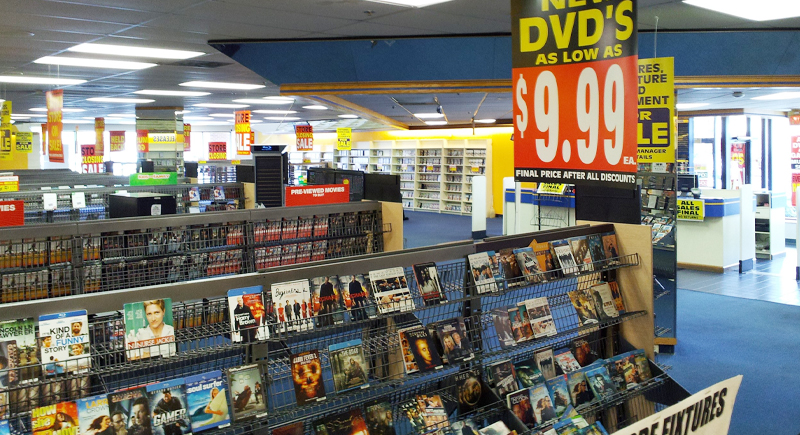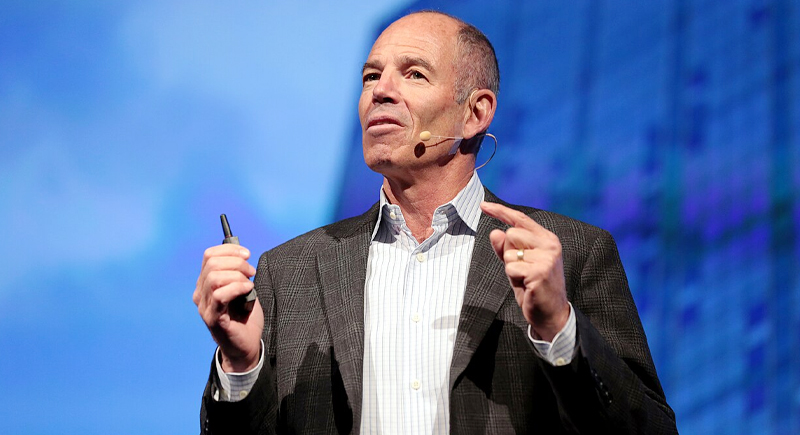The Video Rental Giant That Could Have Bought Netflix for $50 Million But Laughed Them Out of the Room
Blockbuster Video ruled home entertainment in the year 2000. The company had thousands of stores, and Friday nights weren’t complete without a trip to rent a movie. At the same time, Netflix was an unprofitable startup run by Reed Hastings and Marc Randolph, who were mailing DVDs to movie fans tired of late fees. Desperate to keep their small business afloat, they offered to sell Netflix to Blockbuster for $50 million. It sounded like a fair deal. Instead, Blockbuster’s CEO, John Antioco, laughed and sent them packing. He saw Netflix as a tiny dot-com company that would fade like so many others.
That single moment became one of the biggest business blunders ever. Antioco believed the dot-com boom was overhyped, and in fairness, the bubble did burst soon after. But while Blockbuster stayed stuck in its store-based model, Netflix doubled down on convenience. The company ditched late fees, introduced a monthly subscription, and made it easier for customers to enjoy movies from the comfort of their own homes. By 2005, Blockbuster was feeling the heat, and even though it launched a competing mail service, it was already years behind.
Comfort Became the Enemy

Image via Wikimedia Commons/Ben Schumin
Netflix didn’t stop with DVDs. By 2007, it introduced streaming, a move that completely changed how people watched entertainment. Consumers loved the simplicity. Blockbuster tried to respond with its “Total Access” program that mixed mail and in-store rentals. It briefly gained traction, but internal power struggles and poor financial planning dragged it down. Netflix, on the other hand, was investing in algorithms, building tech infrastructure, and preparing for a digital future. As the internet improved, streaming became the obvious choice, and Blockbuster couldn’t keep up.
Customers wanted convenience, and Netflix delivered. Blockbuster’s reliance on late fees, around $800 million a year, made it resistant to change. When the company finally scrapped those fees in 2005, the campaign backfired because of confusing terms. Trust vanished, and so did customers. Redbox, iTunes, and eventually Netflix all captured the audience Blockbuster had ignored. By 2010, Netflix had more than 20 million subscribers and $2.16 billion in revenue. Blockbuster filed for bankruptcy that same year while closing 9,000 stores.
One Laughed and the Other Listened

Image via Wikimedia Commons/Gage Skidmore
Marc Randolph often recalls the day Blockbuster executives laughed them out of the room. To him, the story is about what happens when leaders stop listening. He believes companies need to challenge their own success before someone else does. Harvard professor Clayton Christensen called Netflix a “disruptive innovator” because it began with a niche audience and slowly overtook the mainstream. That’s exactly what happened. Netflix adapted as technology evolved, while Blockbuster remained comfortable until that comfort ultimately became its downfall.
Today, Netflix is worth over $250 billion and creates some of the most-watched shows on the planet. Blockbuster survives as one nostalgic store in Oregon. The difference came down to vision. One company embraced change, and the other ignored it.